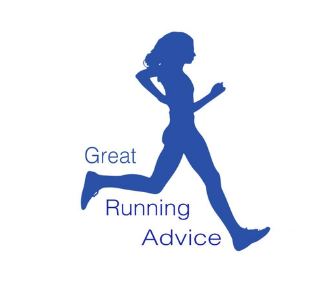You might think that skipping a warm-up or cool-down saves you time, and you can just start running right away. But, guess what? Skipping these steps might hurt your performance and even cause injuries. In this blog, we’ll explore why warming up and cooling down is crucial for anyone who runs, from newbies to pros.
The Basics of Warming Up and Cooling Down
Every runner should include both a warm-up and a cool-down before they go running, it doesn’t matter if we are a fun runner or a serious athlete.
What is Warming Up?
Warming up is what you do before you start running at full speed. It’s like telling your body, “Hey, we’re about to do something active, so get ready!” You can jog slowly, stretch a little, or do other simple exercises. A warm up can vary alot from runner to runner as each runner will know what their body needs to warm up.
What is Cooling Down?
Cooling down is what you do after you’ve finished running. It helps bring your heart rate down slowly and helps your muscles relax. Think of it like parking your car—you don’t just slam the brakes; you slow down first. The cooling down routine also varies greatly between runners.
The Science Behind Warming Up and Cooling Down
Even though every runner should do a warm-up and cool-down, there is a science behind warming up and cooling down. We will look at this in much more detail below.
How Warming Up Affects the Body
When you warm up, a few things happen:
- Your body gets warmer, which makes your muscles more flexible.
- Blood flows more easily to your muscles.
- You get mentally ready for your run.
- Your muscles are warmed up so this this should help prevent injuries.
How Cooling Down Affects the Body
After you finish running, cooling down helps:
- Lower your heart rate safely.
- Remove waste like lactic acid from your muscles.
- Stop you from feeling dizzy or faint.
Key Benefits of Proper Warm-Up and Cool-Down
For Warming Up
- Injury Prevention: Jumping into a run without warming up is risky. You can strain or sprain your muscles. A warm-up makes your muscles more bendy and ready for action.
- Improved Performance: Believe it or not, warming up can actually make you run better. Your body is more prepared, so you can run faster and longer.
For Cooling Down
- Faster Recovery: A cool-down helps your muscles get back to normal faster. You’ll feel less tired and ready for your next run.
- Reduced Muscle Soreness: If you cool down, you’re less likely to feel sore the next day. This is really handy if you’re planning to run often.
Real-world Examples and Testimonials
Even top athletes warm up and cool down. Usain Bolt, the fastest man on Earth, always warms up before a race. He believes it helps him run his best. Scientists also agree. Studies show that a good warm-up and cool-down can improve your running and keep you safe.
I know for myself how important a warmup is for me to avoid injuries. The one time that I am very bad at doing a cool-down is after completing a race as the buzz of the race takes over and I just forget.
Common Mistakes to Avoid
- Inadequate Time: Don’t rush your warm-up or cool-down. Spend at least 5-10 minutes on each.
- Wrong Exercises: Not all exercises are good for warming up or cooling down. Stick to simple stuff like jogging and stretching.
- Ignoring Your Needs: If you’re older or new to running, you might need more time to warm up and cool down. Listen to your body.
Practical Tips for Effective Warm-Up and Cool-Down
- Duration and Types of Exercises: Aim for a 5-10 minute warm-up and cool-down. Simple jogs and stretches work best. It’s very important to distinguish between static and dynamic stretching. Dynamic stretching is better as a warm-up and static stretching is better for cooling-down.
- Tools: Some people use foam rollers or special stretches during their cool-down. You can try this too.
- Weather and Terrain: If it’s hot, you might need to cool down for a bit longer. If you’re running on hills, a good warm-up is even more important.
Conclusion
Warming up and cooling down may seem like extra work, but they’re super important for anyone who runs. They help you avoid injuries, make you perform better, and help you recover faster. So the next time you lace up those running shoes, remember to start slow and end slow. Your body will thank you.
